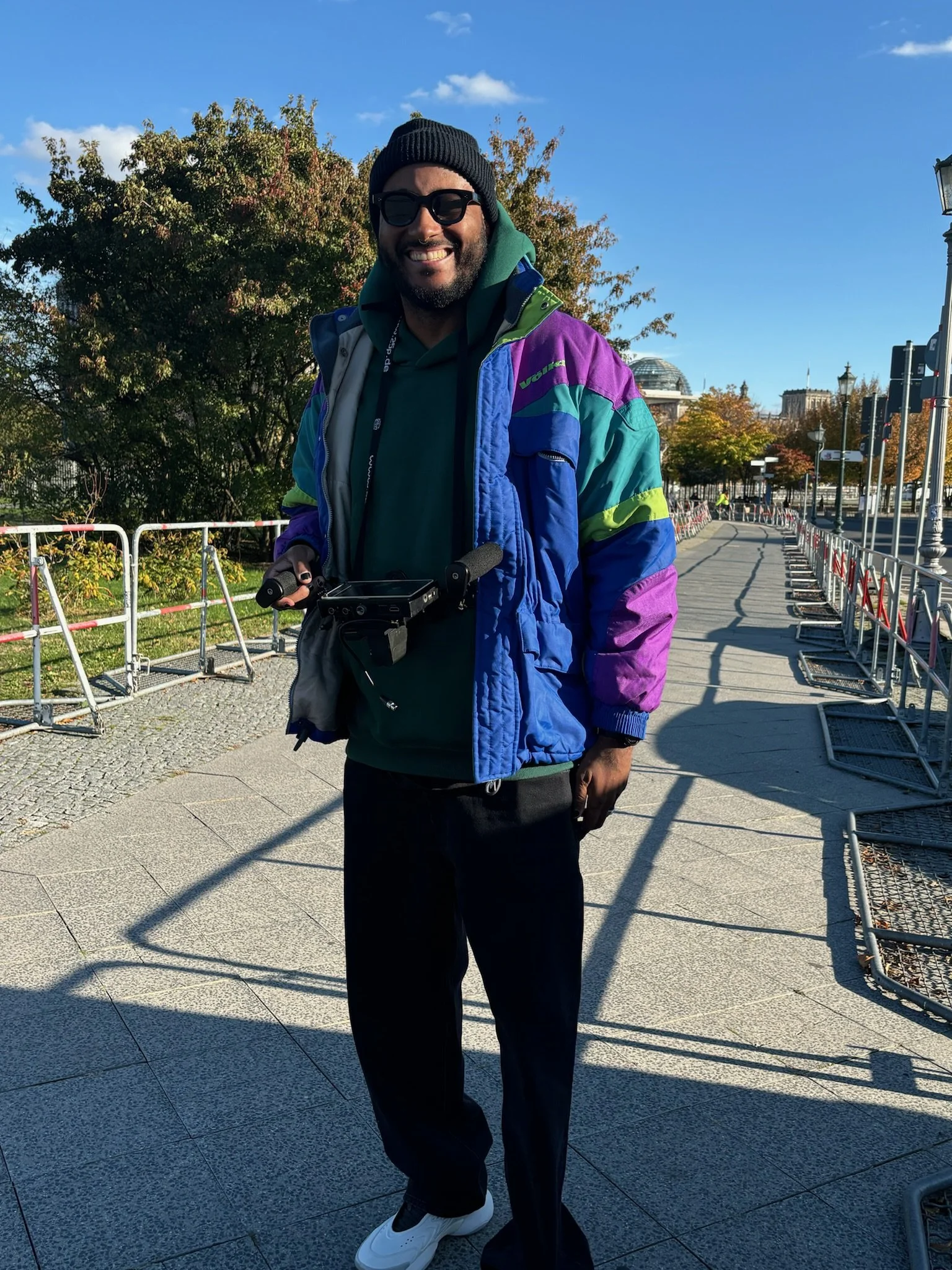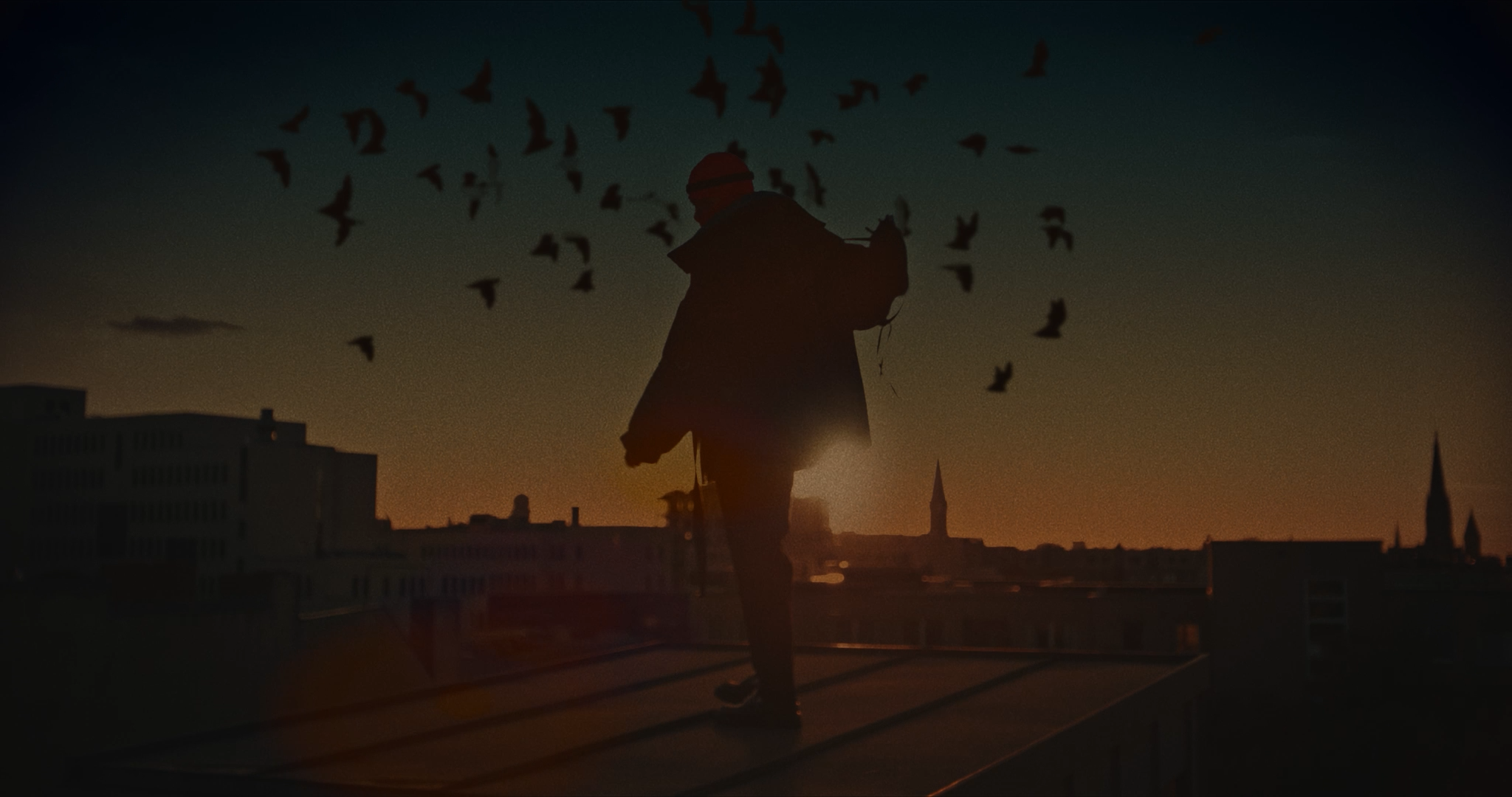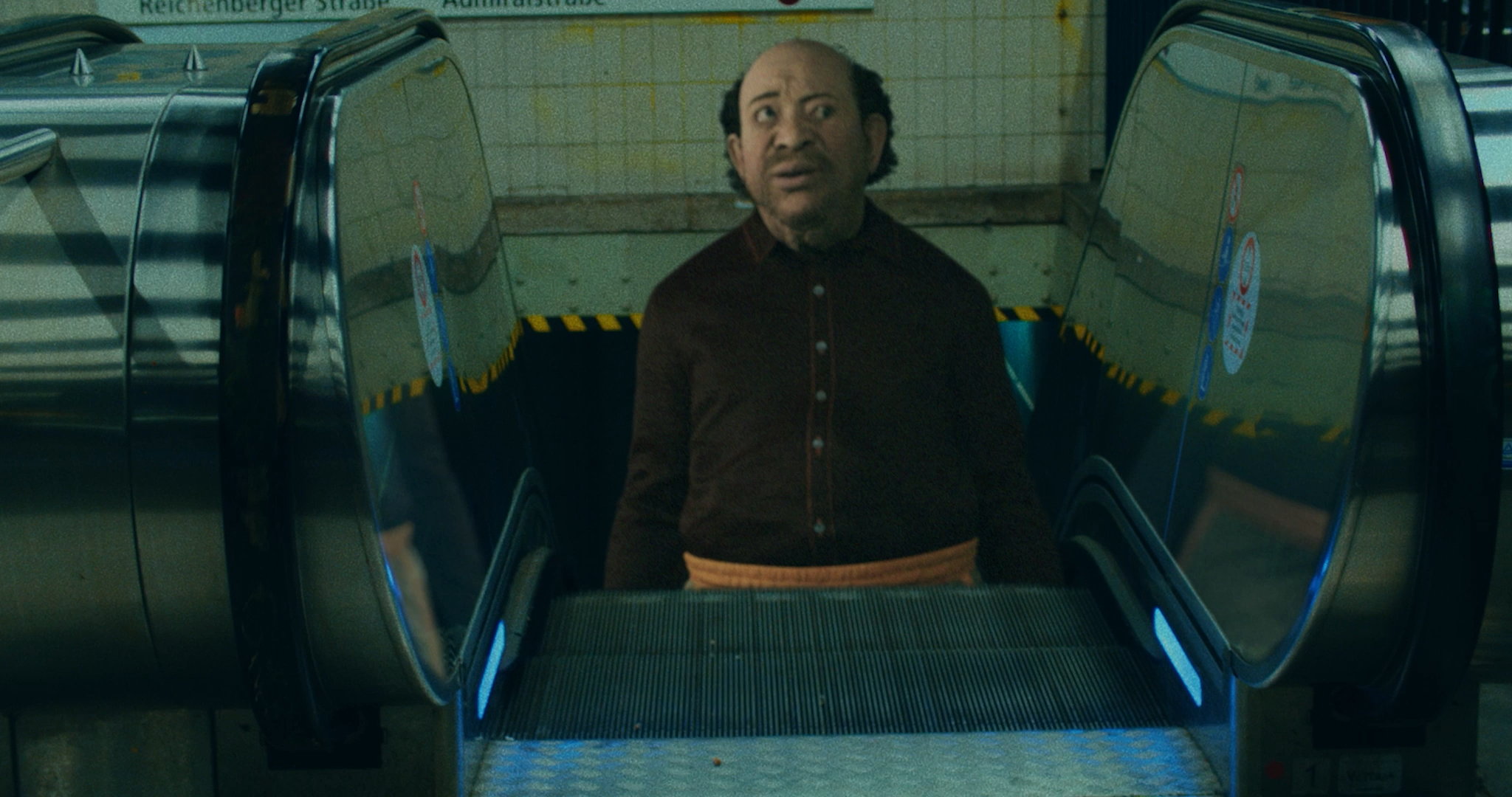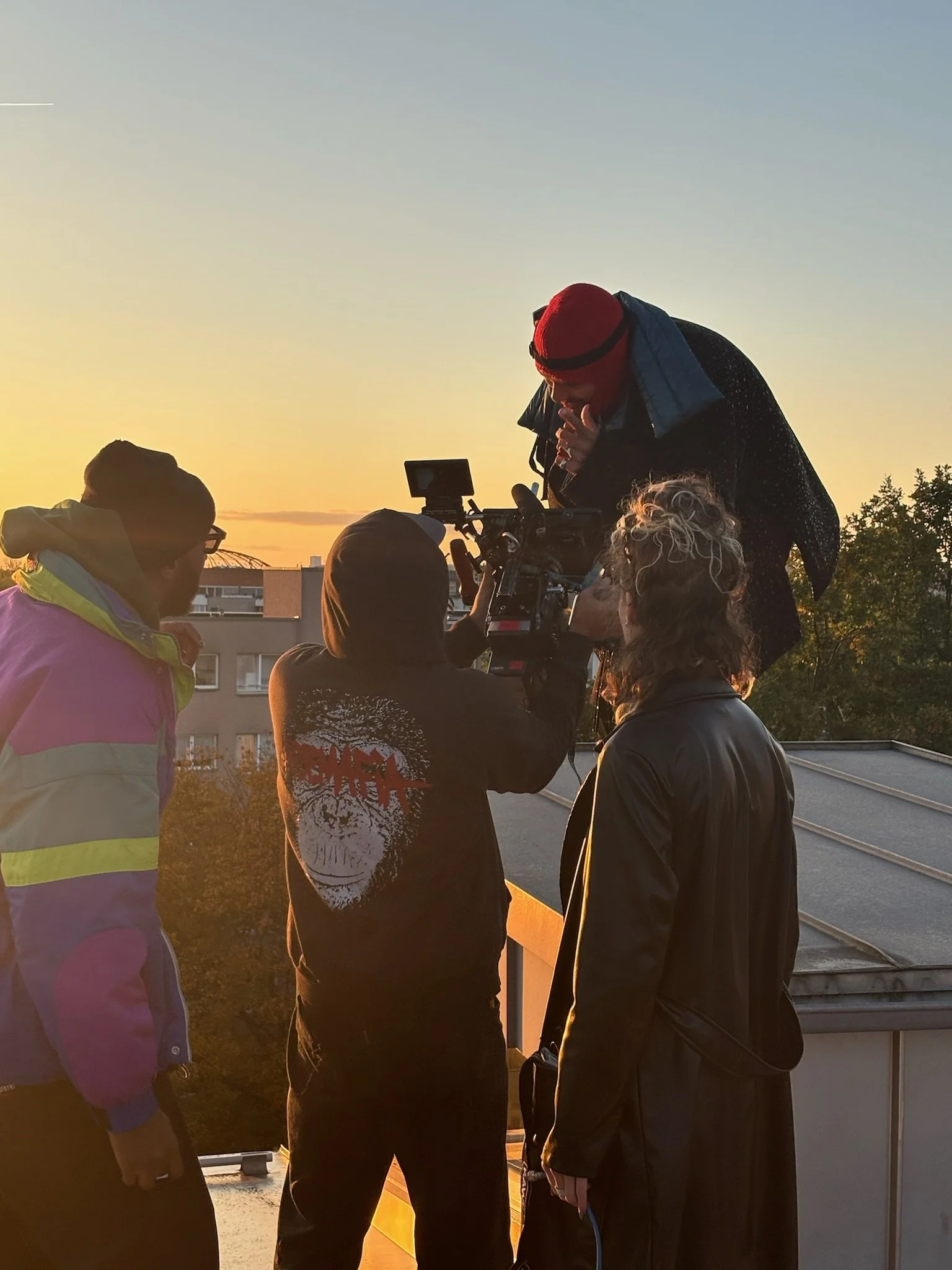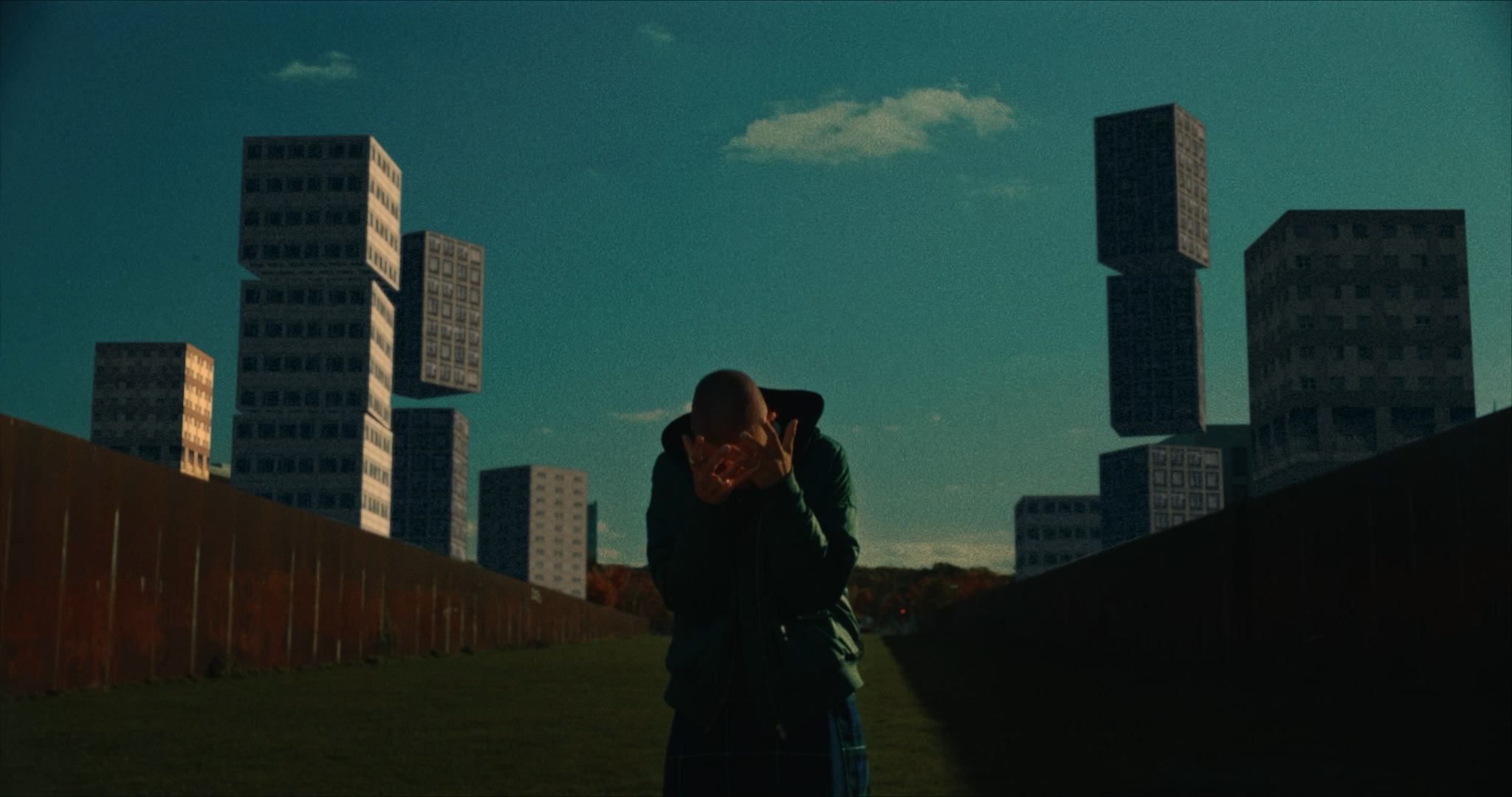"Blending Beats and Borders: Inside Ricardo de Souza’s World"
Welcome Ricardo, we are very excited to have you today with us to discuss about your work.
Who is Ricardo de Souza and how did the passion for creating begin?
Born and raised in the outskirts of São Paulo, I found in audiovisual a way to express both my reality and my sensitivity — and, along with them, the voices of many other Black and peripheral artists.
I started working in audiovisual at the age of 20, and since then, curiosity has been my driving force. From post-production to directing, I’ve built a solid path shaped by originality and by an aesthetic deeply rooted in my experience growing up in the periphery, infliuenced by music, art, family and deep friendship - the kind of mix that is so intrinsic to lives and livelihoods of its people.
Can you tell us a bit about your previous work?
After working for many years as a VFX director at major production companies in Brazil, I founded my own VFX studio, Butterfly, alongside other partners from the creative scene. As a director, I won the 2023 MTV Video Music Award (VMA) with João Wainer for Anitta’s music video ‘Funk Rave’. I was the first Brazilian director to receive an award in that category. I’ve also directed campaigns for brands like Itaú, Pringles, L'Occitane, McDonald’s, and other Brazilian labels — with a strong focus on beauty and fashion — and music videos for artists from Brazil’s hip hop scene.
“Many Faces” feels both raw and surreal. What was the first image or emotion that came to your mind when you heard the track for the first time?
The track struck me as both urban and surreal — it opens with this ethereal feel and gradually morphs into something more grounded, almost like a contemporary trap rhythm. That contrast really stuck with me, so I wanted to create something that lived in that same space — dreamy yet raw. It was my first time in Berlin, but rather than capturing the city in a typical way, I wanted to show it through the eyes of its immigrants — the textures, the rhythm of their daily lives, the way they carve out home in a place that's constantly shifting.
CONVERSATION ABOUT: ''Many Faces''
With no rigid script, how did you know when a moment was right for the camera? Was there a scene that surprised you in how well it translated visually?
I would describe it as a result of the seamless connection I had with Cesco. We clicked creatively, and I think that chemistry made everything unfold naturally on set. What stood out to me was the idea of using Berlin — such a well-known and iconic city — in an anonymous, almost abstract way to tell the story. It felt unexpected, and the visual narrative emerged organically as we built it together throughout the shoot.
You mention blending 3D techniques, AI, and “artisanal” editing. How do you maintain emotional authenticity when using such modern tools?
The answer is simple: tools are just tools. The music and the visual narrative are the true focus — they’re the end in themselves. Modern techniques are like a pinch of salt — they’re there to enhance the flavor of the story we want to tell, not to overpower it.
How did your collaboration with Cesco and Kleber Nascimento influence the final outcome? Was there a shared unspoken language between you three ?
From the very beginning, there was a strong connection between us — and I think that comes through in the final piece. Each of us had a distinct role, but the shared experience of the urban, peripheral, and immigrant perspective created common ground that allowed everything to flow naturally.
Coming from the outskirts of São Paulo and now shooting in Berlin — how does your cultural background shape how you frame the world?
I believe there's a particular sensitivity that comes from having lived a constrained reality — especially when that experience is paired with a conscious effort to develop an artistic language. It's a perspective shaped by the emotions of those who are often cornered, oppressed, or overlooked. That’s why, in Berlin, I saw more than just its upbeat, cool, and vibrant side. I was also deeply moved by the traces of Jewish Berlin from the WWII era, by the immigrant Berlin, the hip hop, the gender-fluid Berlin — all the layers that make the city complex and alive.
In future projects, do you plan to explore similar genre intersections, or are there other genres you're eager to explore ?
I’ve just released two new music videos in Brazil for gay hip hop artists — including one for Rico Dalasam, a Black gay rapper who, in my view, represents one of the boldest expressions of gender freedom today. I’m really proud to be part of this project and to help celebrate voices that are pushing boundaries and opening space for new narratives.
How do you measure the success of a project like this — by the reach it gets, or by the personal transformation it triggers in you and your team?
Mostly by how I feel bout the end result - I believe the ultimate sucess is when a project makes me really proud, when I feel I've pushed my artistic language, narrative and polishing hability a bit further. If I'm developing myself as an artist a bit further the team is coming along and all the rest is also happening
This marks the conclusion of the interview featuring our esteemed artist, Ricardo de Souza. Our community is growing steadily, with a continuous influx of skilled filmmakers and screenwriters joining us. Explore our other interviews, and consider scheduling one for yourself to showcase your creative endeavors.

